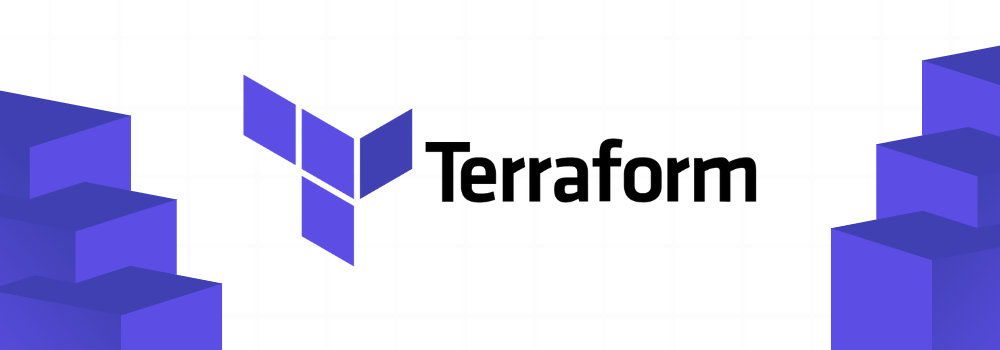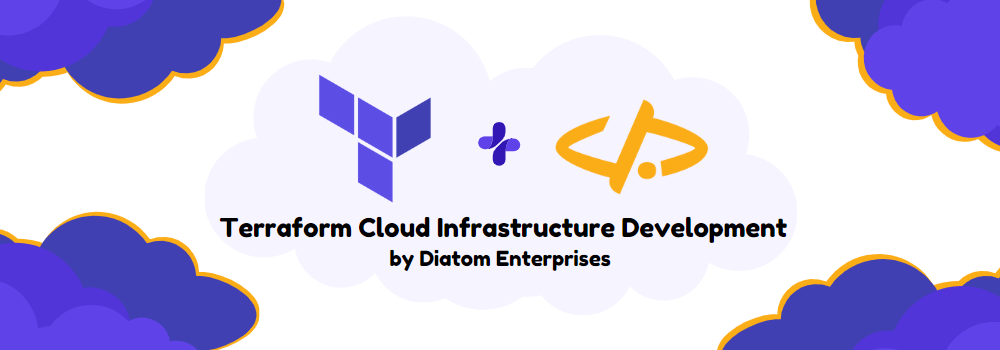Terraform Cloud Infrastructure Development

What is Terraform?
Terraform is a tool for building, changing, and versioning infrastructure safely and efficiently. It is an open-source tool that allows to define the infrastructure as code and create, manage, and update infrastructure resources in a safe and predictable manner.
Terraform itself is written in Go programming language, and so its development typically involves working with Go code. The Terraform codebase is available on GitHub, and contributions are welcome through pull requests.
What is Terraform Used for?
Terraform development includes management of infrastructure for a variety of Terraform providers (such as AWS, Microsoft Azure, Google Cloud, and others), as well as on-premises environments. Terraform is used to manage infrastructure for systems ranging from simple single-tier applications to complex multi-tier, multi-cloud architectures.
Terraform is designed to be used in a collaborative environment. The biggest Terraform advantages are that it has a simple syntax and a friendly user interface, while also providing the ability to define and manage the Terraform infrastructure as code. This allows Terraform developers to collaborate, use version control and automation and simply treat the Terraform infrastructure like a software.
What are Terraform Benefits?
Terraform provides a wide variety of options for infrastructure manipulation. All of these options depend on the requirements of the project, but the most valuable Terraform benefits include:
- Version control for infrastructure: Terraform is useful for managing infrastructure as code. This means using version control tools like Git to track changes to infrastructure and roll back when needed.
- Reusability: Terraform modules can be used to create reusable components for your infrastructure. This helps reduce duplication of code and makes it easier to manage the infrastructure.
- Collaboration: Terraform Cloud allows to collaborate with teams and organizations on infrastructure changes. It includes features like a private registry for sharing modules and a collaboration platform for discussing changes.
- Improved efficiency: Terraform can help to automate the process of creating and managing your infrastructure. This can save time and reduce the risk of errors.
- Cloud agnostic: Terraform supports multiple cloud providers, as well as on-premises and other infrastructure. This means using the same tool to manage the infrastructure regardless of where it is hosted.
Responsibilities of Terraform Developers
Terraform developers are responsible for overall Terraform configuration and for writing and maintaining Terraform configuration files, which define the infrastructure resources that should be created, updated, or destroyed. They may also be responsible for Terraform integration into the organization’s build and deployment processes, and for collaborating with other teams to ensure that the infrastructure resources being created meet the needs of the organization.

Diatom Enterprises has some of the most experienced and talented Terraform developers in Europe. Our seasoned specialists have been practicing Terraform configuration management for some of our newest projects as well as a couple of older ones. As well as Terraform development, we provide a multitude of other services for a variety of industries. Please contact us, to hire Terraform developers for your new or existing project!